| Creating "boost" to bring Vietnamese goods into foreign distribution systems Bringing agricultural products and processed foods into foreign distribution systems: What should businesses pay attention to? |
The workshop "Bringing Vietnamese fashion, furniture and household goods into foreign distribution systems" is part of the event series "Connecting international supply chains" (Vietnam International Sourcing 2023), organized by the Ministry of Industry and Trade in coordination with the People's Committee of Ho Chi Minh City.
Speaking at the opening of the workshop, Mr. Ta Hoang Linh - Director of the European - American Market Department (Ministry of Industry and Trade) - said that in recent years, the export of fashion , furniture and household goods has had impressive growth. In 2022, the textile and footwear industries witnessed the highest export growth ever. Of which, textiles reached 37.5 billion USD, up 14.3%; footwear reached 23.9 billion USD, up 34.3% over the same period. Currently, Vietnam has become one of the largest exporting countries in the world in this group of products, in which Vietnam is currently the 2nd largest exporter of footwear, 3rd largest exporter of textiles and garments and 5th largest exporter of wood and wood products in the world.
Currently, Vietnam's fashion, furniture and household goods still have many competitive advantages in terms of product quality, technical level and the ability to meet strict requirements on labor and environment.
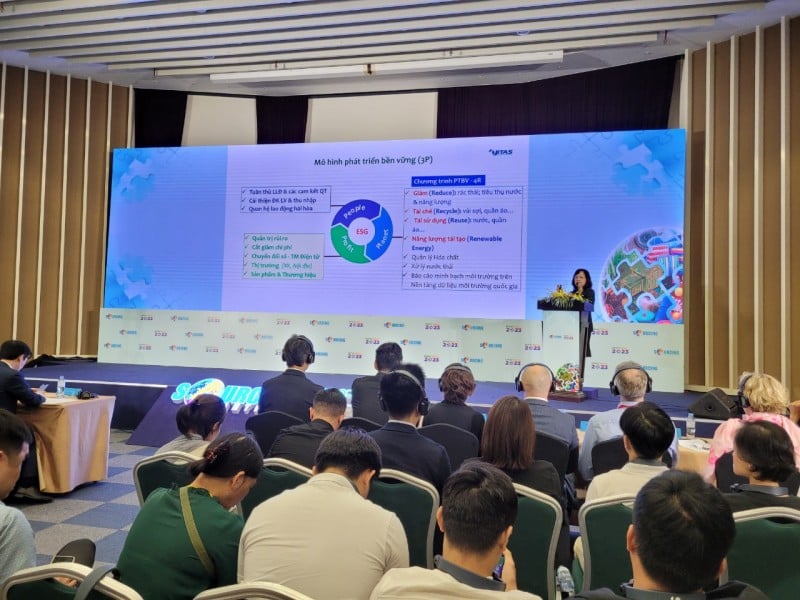 |
| Finding ways to bring Vietnamese fashion, furniture and household goods into foreign distribution systems |
Along with that, tariff incentives from 15 bilateral and multilateral FTAs, especially new-generation free trade agreements such as the Comprehensive and Progressive Agreement for Trans -Pacific Partnership (CPTPP), the Vietnam - EU Free Trade Agreement (EVFTA), the Vietnam - UK Free Trade Agreement (UKVFTA) ... are opening up many competitive advantages for this group of goods.
Despite many opportunities, according to Mr. Ta Hoang Linh, the fashion, interior and household appliance industries in Vietnam are facing many difficulties such as inflation, the risk of economic recession, and declining consumption in key export markets such as the United States, the EU, and CPTPP countries...
In the first 8 months of 2023, the fashion group including textiles and footwear saw a relatively sharp decline in export turnover to some key markets. The most important export market for Vietnamese textiles and footwear is the United States, with export turnover decreasing by 22.7% and 32% respectively over the same period. The EU market also witnessed a similar export slowdown, with footwear exports decreasing by 19%, while textiles and garments showed a more positive signal with a growth of 12.3%. Exports of wood and wooden products to the United States and the EU faced an even more dismal situation, decreasing by 27% and 40% respectively in the first 8 months of 2023.
Along with that, key export markets of Vietnam's fashion and household goods industry such as the United States, the EU, Northeast Asian countries or countries in the CPTPP bloc are increasingly setting new standards, more stringent requirements, including criteria related to greening the production and supply chain, sustainable development, circular production... This poses many unprecedented challenges for domestic export enterprises.
Accordingly, most recently, the EU market has introduced a policy of using recycled products for textile products and accelerated the implementation of the circular and sustainable textile strategy set out from 2022, putting Vietnamese businesses under pressure to transform green and digitally to maintain orders and market share.
In mid-May, the EU also enacted the Carbon Border Adjustment Mechanism (CBAM) law. This regulation requires importers into the EU to report the carbon emissions of goods. Or at the end of June, the EU enacted the Anti-Degradation Regulation (EUDR). Accordingly, companies trading in wood and derivative products in the EU must prove that the goods they sell are not related to deforestation activities after 2021.
In that context, in order to meet market demands and help regain growth momentum for key industries, Mr. Ta Hoang Linh said that businesses need to accelerate green transformation and apply a circular economic model to meet the new rules of the game in global trade and investment.
In addition, with the characteristics of the industry requiring continuous changes in designs to suit market trends and tastes, businesses in this field need to always be proactive, have a clear strategy and regularly update fashion trends in export markets.
Source link








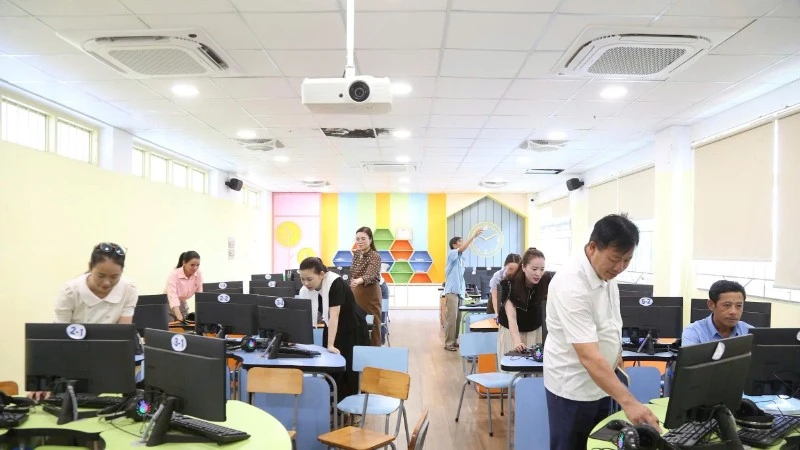











































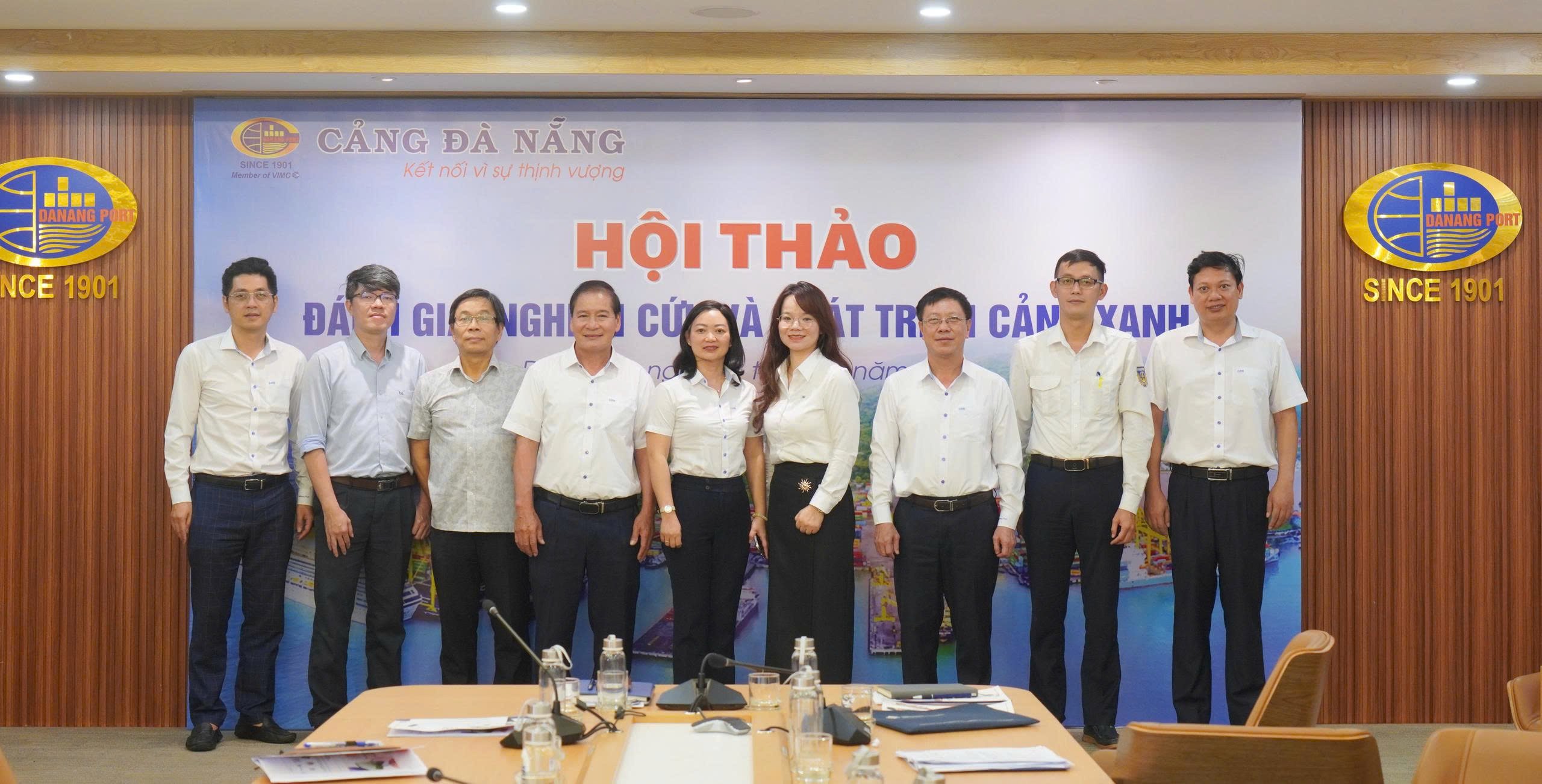



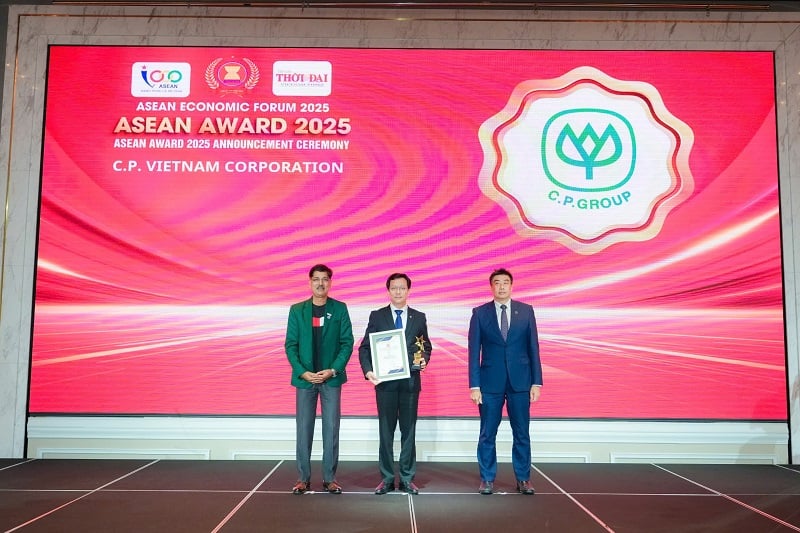


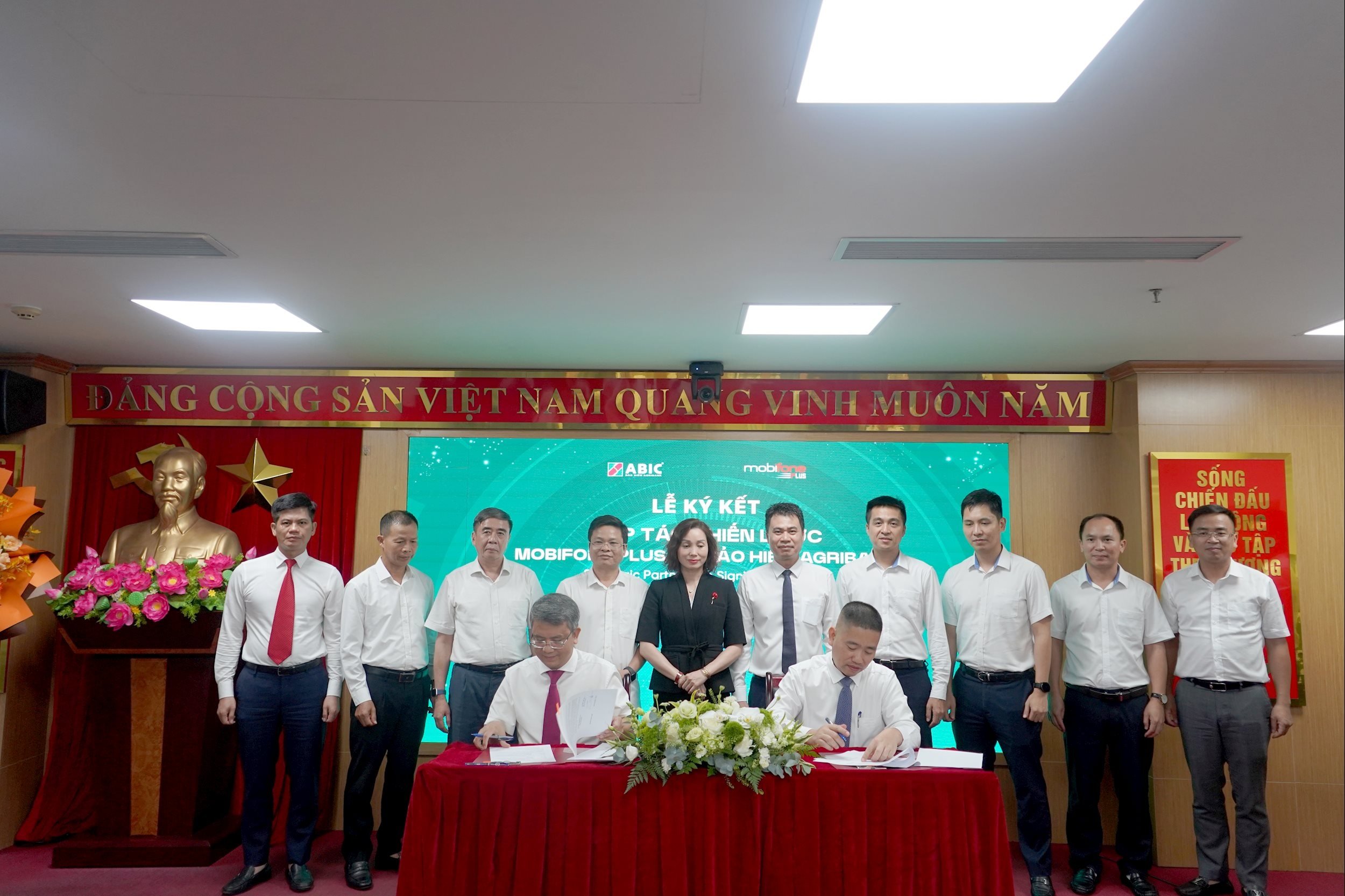



![[Photo] Politburo works with the Standing Committee of Hanoi Party Committee and Ho Chi Minh City Party Committee](https://vstatic.vietnam.vn/vietnam/resource/IMAGE/2025/8/21/4f3460337a6045e7847d50d38704355d)

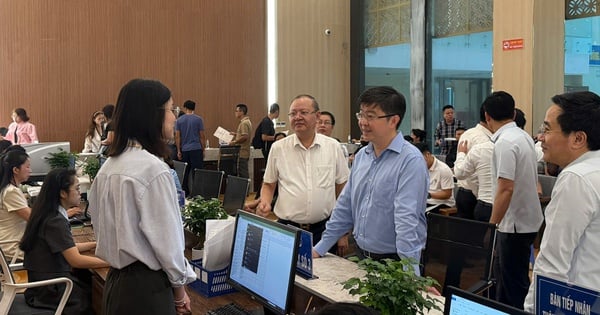




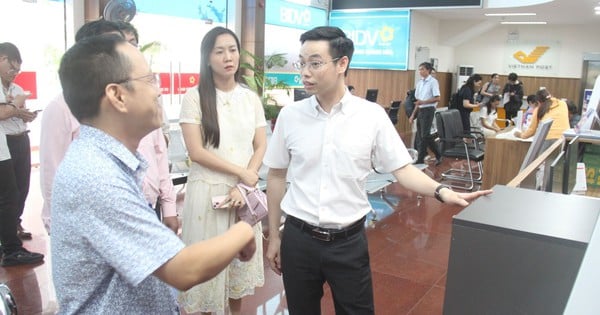
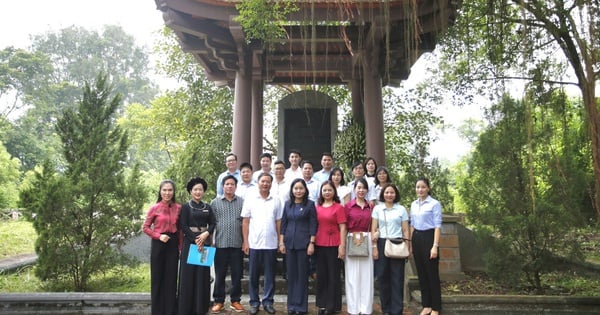








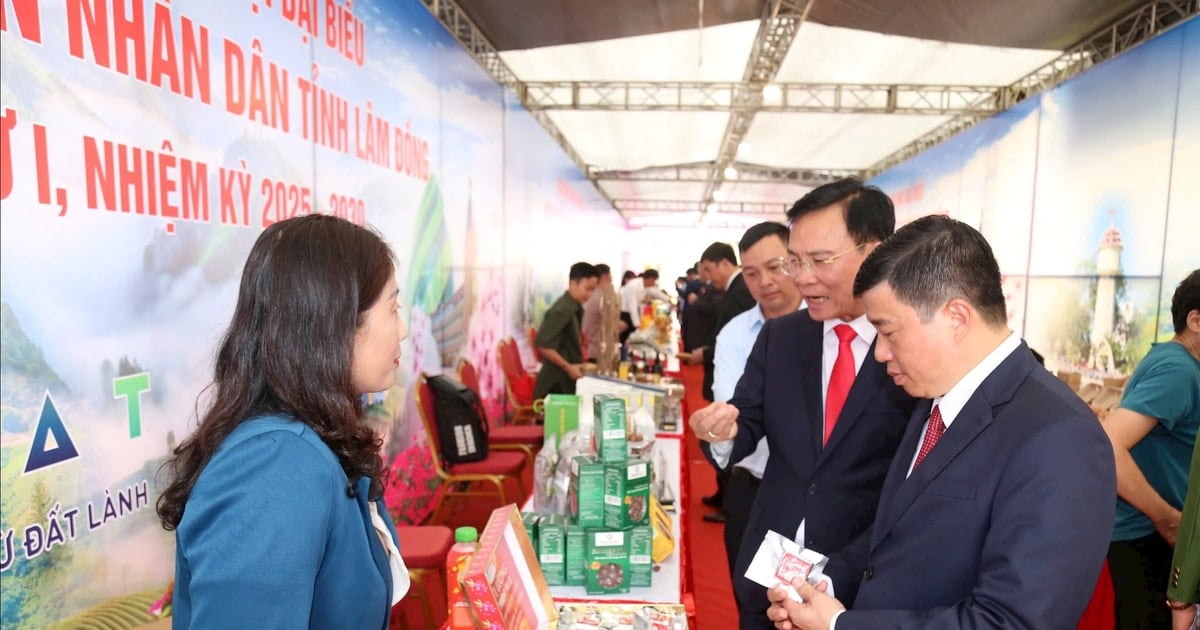

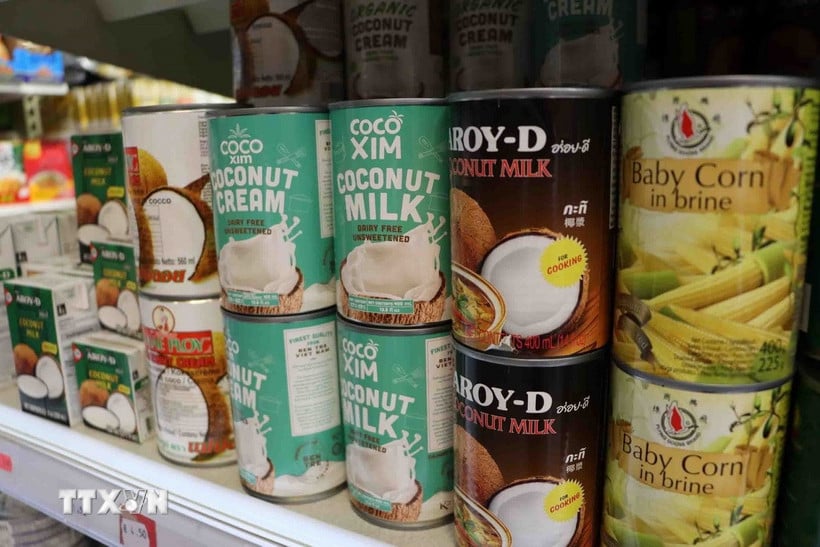

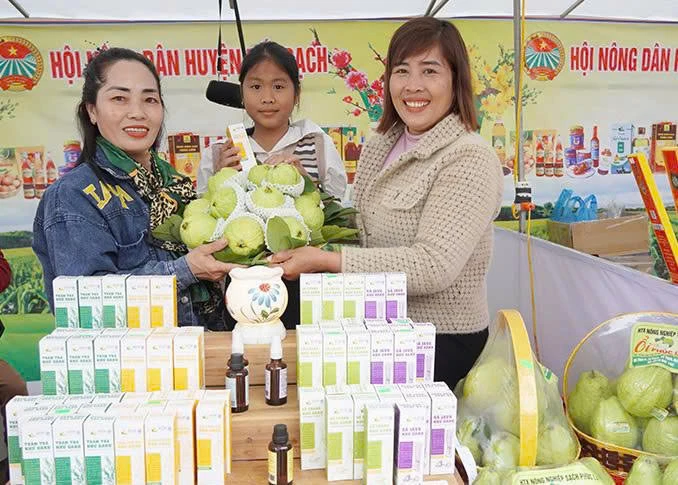
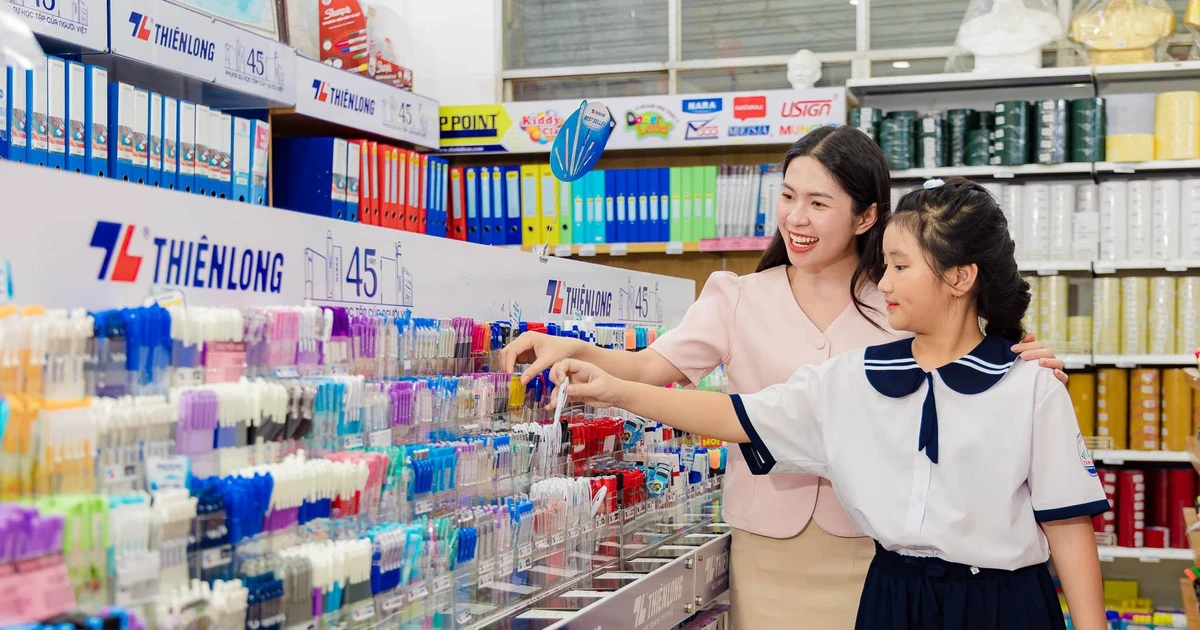



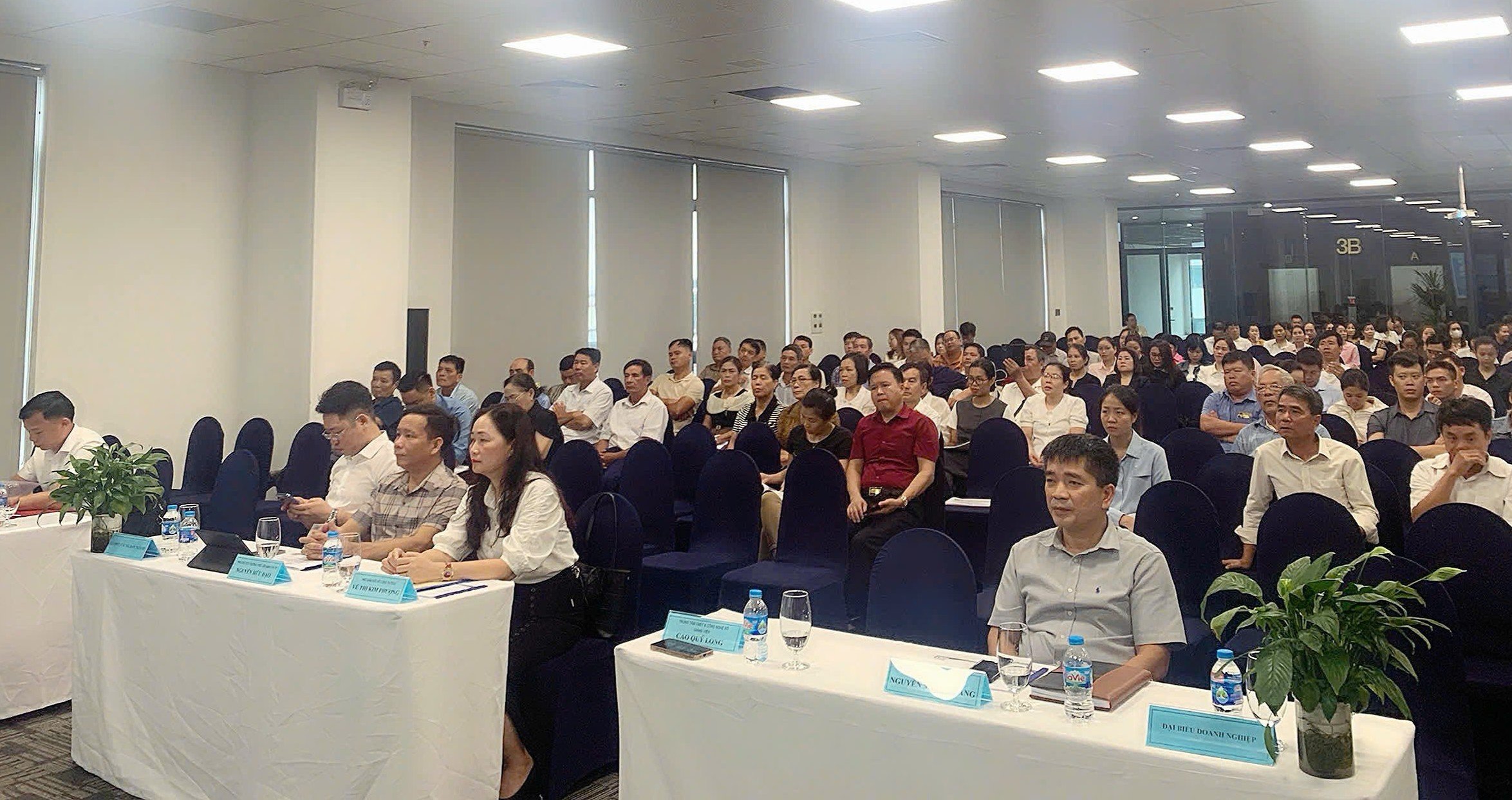






Comment (0)